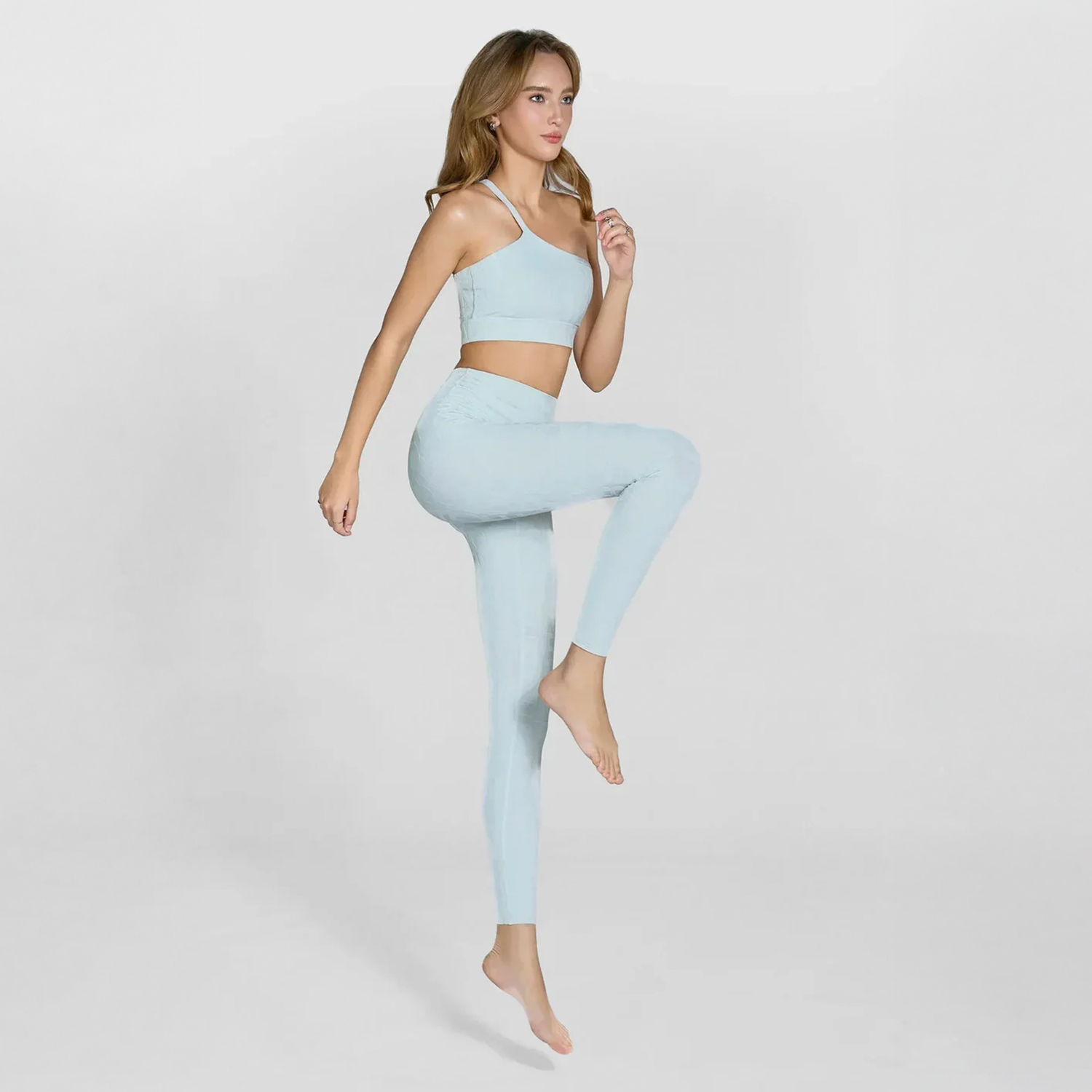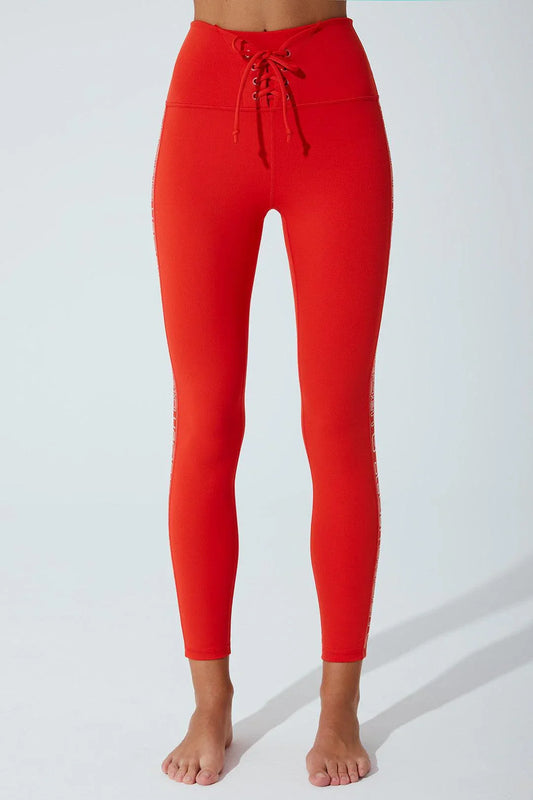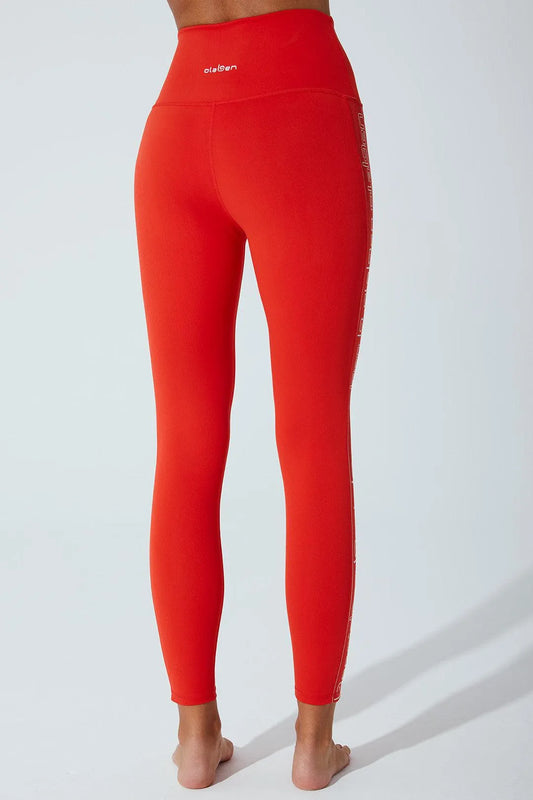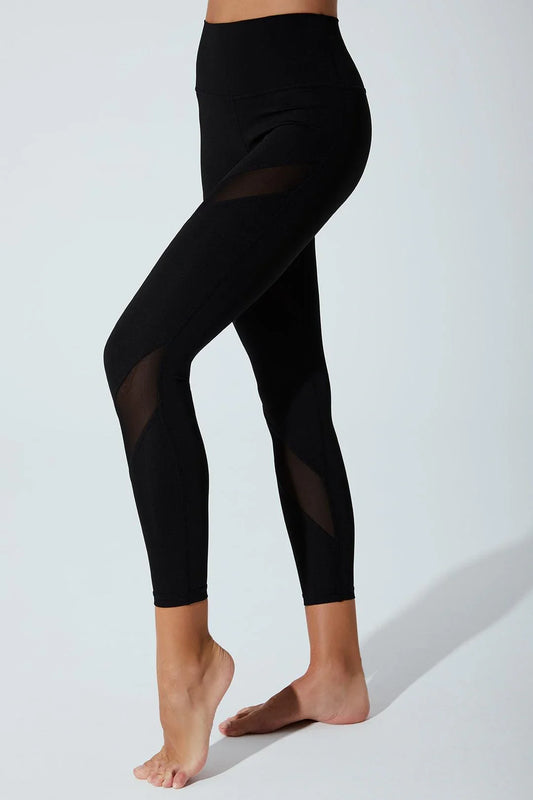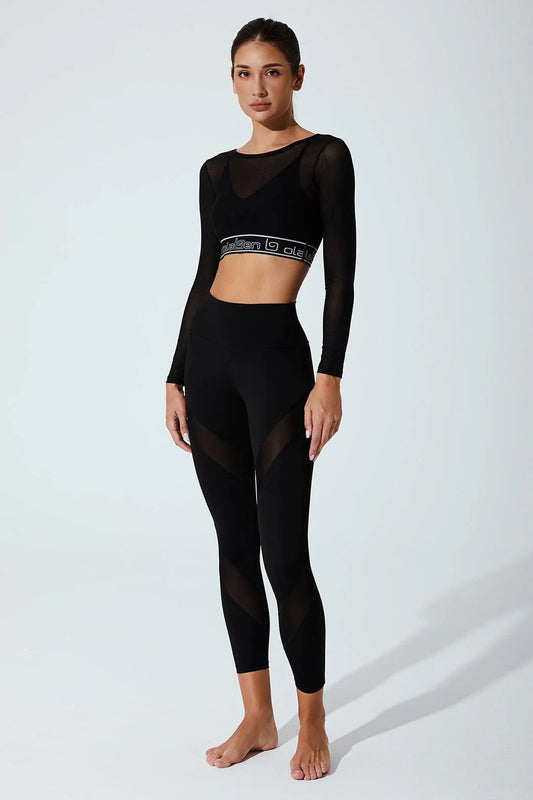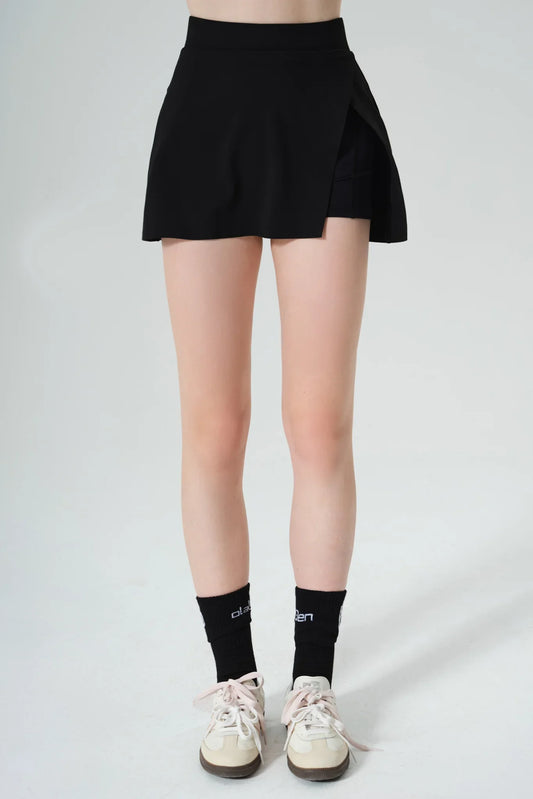Our updated Merino Wool Guide has been reimagined with fresh research, expert insights, and innovative perspectives from the world’s leading textile brands. You’ll discover new layers of understanding about Merino wool’s science, sustainability, and everyday versatility.
Join Olaben on this journey to explore why Merino wool is nature’s smartest, softest gift to performance wear.
What Is Merino Wool?
Merino wool is a natural fiber derived from Merino sheep, renowned for its exceptional softness, fineness, and versatility. Compared to regular wool, Merino fibers are much thinner—typically 15.5 to 24 microns—well below the human “itch threshold” of 25 microns. This is why Merino wool feels smooth and luxurious rather than scratchy.
Originating in Spain but now mainly sourced from Australia and New Zealand, Merino wool has evolved into a premium material used worldwide for both fashion and performance wear. Each strand’s crimped structure traps air for insulation, while its hydrophilic core absorbs moisture to keep your skin dry and comfortable across all climates.

What Makes Merino Wool So Special?
Merino wool is often called “nature’s performance fiber”—a perfect balance of softness, strength, and adaptability. Its natural structure provides a combination of features that no synthetic fabric can truly replicate.
Key Benefits of Merino Wool
1. Ultra-Soft and Comfortable
Merino fibers are incredibly fine and flexible, allowing them to bend easily against the skin without irritation. Even those with sensitive skin can wear Merino wool directly on their body. Premium blends such as Merino Supersoft or Merino Competition (from Ortovox) combine wool with Lenzing Modal or fine synthetics for extra smoothness and elasticity.
2. Odor-Neutralizing
Unlike synthetic fibers, Merino wool has a natural antibacterial effect. The outer surface of the fiber is scaled like roof tiles, making it difficult for odor-causing bacteria to lodge inside. Moreover, the keratin proteins in the wool naturally break down bacteria over time, creating a self-cleaning effect.
You can wear Merino wool clothing for days without it smelling—perfect for long hikes, travel, or daily use.
3. Moisture-Regulating
Merino wool can absorb up to 35% of its weight in moisture without feeling wet. Moisture is drawn into the fiber core, leaving the surface dry and comfortable. This helps regulate body temperature and prevents the sticky feeling common with synthetics.
Even when damp, Merino continues to retain warmth, unlike cotton or polyester, which lose insulation when wet.
4. Temperature Regulation
Merino wool adapts to your environment. In cold weather, its air chambers trap heat to keep you warm; in warm weather, it releases moisture that evaporates to cool you down. This is why Merino wool works year-round—for mountain treks, workouts, or city life.
5. UV Protection
Merino wool naturally offers UV protection, with a UPF rating between 20 and 50+, depending on fabric density and color. That’s why sheep in sunny Australia and Tasmania never get sunburned—wool absorbs harmful UV rays and protects the skin beneath.
6. Flame and Static Resistance
Merino is naturally flame retardant and anti-static, providing safety and comfort advantages in a wide range of applications. It doesn’t cling to the skin and doesn’t generate static shocks like synthetic fibers often do.
7. Durable and Long-Lasting
A single wool fiber can be bent up to 20,000 times without breaking. This elasticity allows Merino garments to move with your body while maintaining their shape. Many outdoor brands use Merino wool for base layers and high-performance apparel because it resists sagging and wear over time.
8. Sustainable and Biodegradable
Merino wool is one of the most eco-friendly textiles available. Merino sheep are shorn one to two times per year, and their fleece naturally regrows. The fiber itself is 100% biodegradable, leaving no microplastic pollution.
Leading manufacturers like Giesswein and Ortovox ensure mulesing-free sourcing, protecting animal welfare while maintaining fiber quality.

Common Uses of Merino Wool
Outdoor and Sports Apparel
Merino wool’s moisture-wicking and temperature-regulating properties make it a go-to for athletes, hikers, and adventurers. Base layers, socks, and thermal tops made from Merino wool keep you dry, odor-free, and comfortable even in extreme conditions.
Everyday Clothing
From sweaters and t-shirts to dresses and lightweight scarves, Merino wool combines casual comfort with natural performance. It adjusts to body temperature, making it suitable for both summer and winter wear.
Bedding and Accessories
Merino wool is also used in blankets, mattress toppers, and sleepwear for its ability to regulate temperature throughout the night. Accessories such as beanies, gloves, and scarves take advantage of its softness and breathability.
Caring for Merino Wool Products
Proper care keeps your Merino items looking and feeling great for years.
Washing Tips
-
Use cold water and a mild detergent for wool or delicates.
-
Avoid fabric softeners—they coat fibers and reduce breathability.
-
Hand washing is best, but machine washing on a gentle or wool cycle is safe for “Total Easy Care” Merino fabrics.
-
Turn items inside out before washing and lay flat to dry to maintain shape.
Storage Advice
- Store in a clean, dry, dark place.
- Fold instead of hanging to prevent stretching.
- Use cedar blocks or lavender sachets to deter moths naturally.
- Avoid direct sunlight to preserve color and fiber strength.

Comparing Merino Wool to Other Fabrics
Merino Wool vs. Cotton
-
Moisture: Merino wicks moisture away and dries faster; cotton absorbs water and feels heavy when wet.
-
Temperature: Merino insulates and cools naturally; cotton loses warmth when damp.
-
Odor: Merino resists odor thanks to antibacterial keratin; cotton can retain smells.
-
Durability: Merino fibers stretch and recover; cotton can wear out or shrink over time.
-
Sustainability: Both are natural, but Merino is biodegradable and renewable with less water-intensive farming.
Merino Wool vs. Synthetic Fibers (Polyester, Nylon)
-
Breathability: Merino is naturally breathable; synthetics trap heat and sweat.
-
Odor Control: Synthetics cling to odor; Merino neutralizes it.
-
Moisture Management: Merino absorbs moisture internally; synthetics only wick it across the surface.
-
Sustainability: Synthetics come from petrochemicals and release microplastics; Merino is renewable and compostable.
- Longevity: Merino lasts longer and stays fresh after repeated wear.
Conclusion
Merino wool is more than just fabric—it’s a natural performance system. From mountain peaks to city streets, it delivers softness, breathability, temperature control, and sustainability in one remarkable material.
By choosing Merino wool, you’re not just investing in comfort—you’re supporting ethical sourcing, environmental responsibility, and long-lasting quality.
Whether you’re hiking through snow, running under the sun, or lounging at home, Merino wool adapts to you—naturally.




